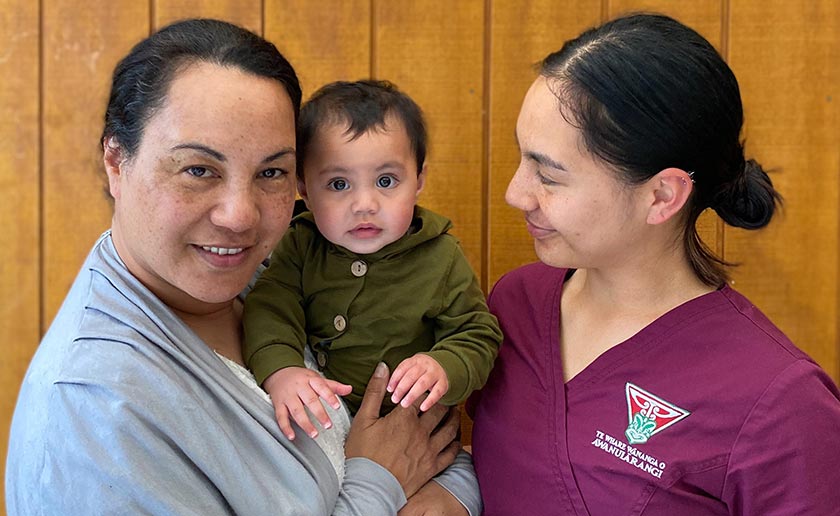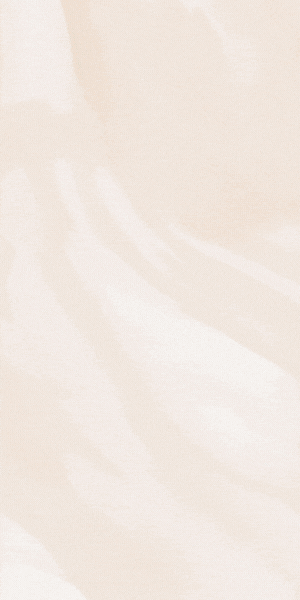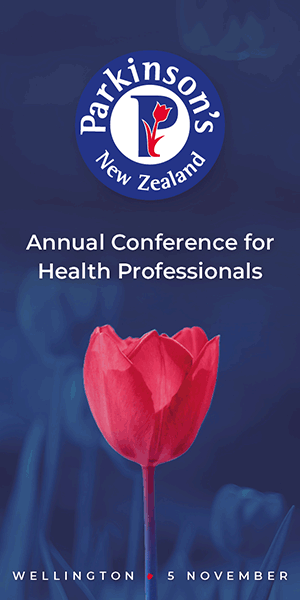Racism and discrimination in all its forms must be addressed before the Māori nursing workforce can grow and flourish, says the new co-leader of the National Nurse Leaders (NNL) group, Lorraine Hetaraka (Ngāti Kahu, Tapuika, Ngāti Pikiao, Ngāti Ranginui, Ngāi Te Rangi).
“Until there is a significant, conscious cultural and social shift across the whole system, the numbers are unlikely to change,” she said.
Chief executive of Te Arawa Whānau Ora – a collective of whānau ora providers in the Te Arawa/Bay of Plenty region – Hetaraka was appointed in June to co-chair the high-level strategic leadership group, alongside College of Nurses Aotearoa executive director Jenny Carryer.
Workforce statistics from the Nursing Council show the number of nurses identifying as Māori rose from 4357 in 2018/19 to 4541 in 2019/20. But the workforce grew too, meaning Māori nurses remained about 7.5 per cent of the overall nursing workforce of 61,165. The national Māori population is around 16.5 per cent.
Until wider systemic issues were addressed, the Māori workforce was unlikely to grow significantly, Hetaraka said. Those included all forms of racism and discrimination, the need for equal power and influence and access to resources.
The health and disability system panel report Pūrongo Whakamutunga, the Waitangi Tribunal Hauora report on stage one of the health services and outcomes kaupapa inquiry (Wai275) and the Ministry of Health (MoH)’s Whakamaua: Māori health action plan 2020-2025, had all emphasised these, Hetaraka said.
Data from health consultancy TAS, which manages the advanced choice of employment process, showed limited growth in the number of Māori nurses coming through the nurse-entry-into-practice and a slight increase in nurse-entry-to-specialist-practice over the past four years. Nor had there been much growth in Māori taking up clinical leadership roles, such as charge nurses, nurse educators, directors of nursing or in governance, “so, there is much work to be done”, Hetaraka said. That included recruiting more Māori into primary care. “Our role as nurses is to critique the system that reproduces inequitable outcomes and ensure we get more Māori nurse leaders into positions of influence.”
However, several initiatives “pepper-potted” across the sector could start to bear fruit in three to five years, she suggested. (See below.)
Māori nurse education
An encouraging area was the growth of kaupapa Māori nursing programmes.
The Manukau Institute of Technology (MIT) this year launched a bachelor of nursing Māori (BNM), Te Tohu Paetahi Tikanga Rangatira ā Tapuhi. Whitireia New Zealand in Porirua has offered a BNM since 2009 and Te Whare Wānanga o Awanuiārangi in Whakatāne offers Te Ōhanga Mataora, a bachelor of health sciences Māori nursing. “So there are three schools of nursing which are supporting te kaupapa Māori and encouraging Māori to graduate, which I think are enablers for Māori going into nursing.”
Such programmes validate a Māori world view as the norm, and tended to be more supportive of “second-chance or adult learners”, often Māori or Pacific, with other commitments – to whānau, hapū and iwi – or work.
They often took a holistic approach to learning, considering the social determinants of health and wellbeing.
Having a lecturer working with kaupapa Māori methodology was “really important, especially for undergraduates”, Hetaraka said. Face-to-face learning and extra support with things like transport or finances could make a huge difference to Māori, for whom a “one-size-fits-all” approach was not appropriate, given the history of Aotearoa. “Colonisation has led to wider intergenerational impacts, including Māori being not well-resourced.”
Her daughter, Matariki, is a nursing student at Awanuiārangi, where many lecturers are Māori and cultural safety, tikanga and te reo Māori are embedded across the programme, rather than in separate papers – an approach that would work well in all nursing schools, she believed. “Matariki will come out with dual competencies, meaning she will come out as an excellent nurse but also culturally safe. This speaks to the value these students add to the system.”
Such programmes brought to life te Tiriti as a “lived partnership”, she said.
Awanuiārangi, along with Toi Ohomai and NorthTec in Northland, were also beginning to produce high numbers of Māori nursing graduates, she said.
Māori health action plan
The Māori health workforce is one of eight priorities identified in Whakamaua, the Māori health action plan, launched this year.
It is underpinned by the MoH’s new Te Tiriti o Waitangi position statement, which emphasises the importance of fulfilling the special relationship between Māori and the Crown under te Tiriti. It “sets the direction” for the next five years, and draws on the voices of Māori and the stage one report of te Tiriti o Waitangi claim Wai 2575 health services and outcomes kaupapa inquiry.
Hetaraka said the NNL group would be discussing how to contribute to Whakamaua, which she hoped would address “key issues that impact Māori at every point of the health and disability system”.
Put together, said Hetaraka, “we have a lot of different initiatives occurring across the ground”. But there was no quick fix. “Growing the workforce takes time and resources, for a targeted approach where we critique, monitor and hold the system to account.”
Meanwhile, NNL’s role was to monitor the data, ensure equity policies were embedded across district health boards, including recruitment, and work with the new Māori health strategy. “Our chief focus is to look at Whakamaua and how nursing contributes to this.”
Nurses could be so powerful in lobbying for change, Hetaraka said. “As the largest single profession in the country, we have an opportunity to influence those key eight areas [in Whakamaua] and improve equity across the whole workforce.”
Primary health care
There was also work to be done in boosting the Māori workforce in primary health and aged residential care (ARC), Hetaraka said. “Prevention is where we can really contribute.” She wants to see more Māori nurse graduates, prescribers and nurse practitioners in primary health care.
During the COVID-19 lockdown, iwi provider Māori nurses stepped up, they were first responders, taking care of their koeke (elders) in the community. “That ability to rapidly respond, manaaki, and reach out to support their community, is a real strength for Māori.
“Māori nurses were caretakers for the whānau and hapū across the country.” Their efforts saw a significant increase in ‘flu vaccinations and COVID testing, and strengthened engagement with whānau. “We were able to identify whānau in need of support and visit them, ensuring they had access to essential supplies, and providing reassurance to whānau with long-term conditions. That was wider than health, that was about whānau ora.”
National Nursing Leaders group
The co-leadership model came as NNL adopted a bicultural structure “to ensure there is a strong focus in the current Government on partnership, equity and te Tiriti,” said Hetaraka. She is also the College of Nurses Aotearoa co-chair; a Health Workforce advisory board ministerial appointed member and programme sponsor (chair) of Ngā Manukura o Āpōpō, the national leadership programme to grow the Māori nursing and midwifery workforce.
NNL is a collaborative forum of nursing leaders from across the sector who provide a nursing perspective to the MoH and health decision-makers.
As well as exchanging ideas, its members had the potential for significant influence, Hetaraka said. “It’s a strategic group that’s able to prioritise where we should be sharpening the pencil for nurses across the country.”
Its Māori caucus includes Tōputanga Tapuhi Kaitiaki o Aotearoa NZNO kaiwhakahaere Kerri Nuku; Te Ao Maramatanga New Zealand College of Mental Health Nurses kaiwhakahaere Chrissie Kake; Te Kaunihera o Ngā Nehi Māori, National Council of Māori Nurses’ tumuaki Donna Foxall and tumuaki tuarua Jo Marino; Whārangi Ruamano, nurse education in the tertiary sector, Mereana Rapata-Hanning and MoH senior adviser Ramai Lord.
Initiatives to boost Māori workforce
- Te Ara Oranga is an MIT-Counties Manukau pilot project to support 500 Māori and Pacific school leavers into health careers by 2025. It supports Māori and Pacific students through their studies and into work with mentoring, coaching and personalised support. “The reality is Auckland is the largest epicentre for nurse graduates, so it’s good to see there are initiatives to feed more Māori and Pacific into the workforce.”
- Kia ora Hauora Supporting Māori into health is another collaboration between the MoH and DHBs to grow the number of Māori working in the health and disability sector. An online “hub” provides tools, resources and networks.
- A range of hauora Māori scholarships are available through the MoH for Māori studying health sciences and new graduates.
- Ngā Manukura o Āpōpō is a MoH training programme to grow Māori leaders in nursing and midwifery.
- A new nurse practitioner (NP) training programme at the University of Auckland will focus more on attracting Māori and Pacific nurses from 2021.
- Te Kaunihera, the National Council of Māori Nurses, runs an annual Māori student nurses hui, which was a great opportunity for Māori tuakana and teina to come together. “Mentoring from and accessing experienced Māori leaders is really important,” Hekarata said.





